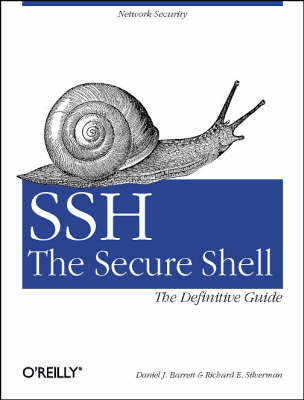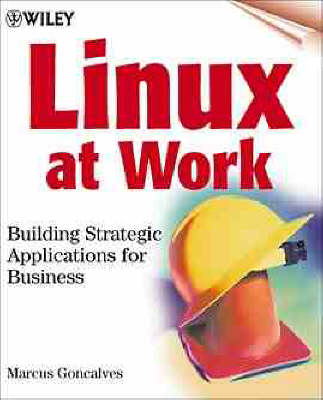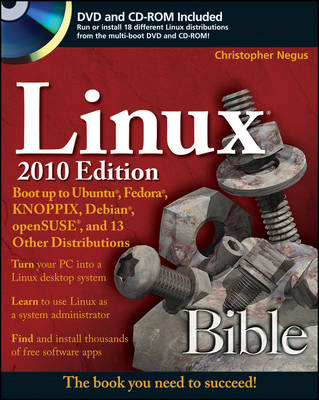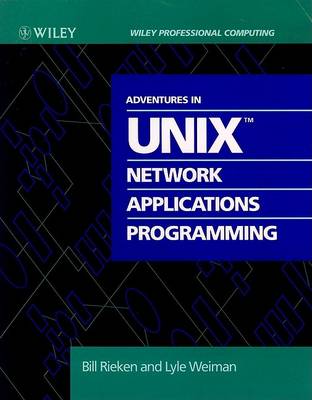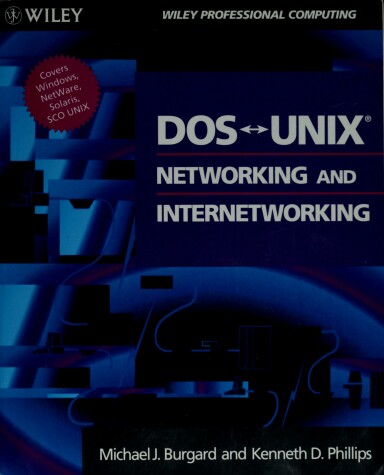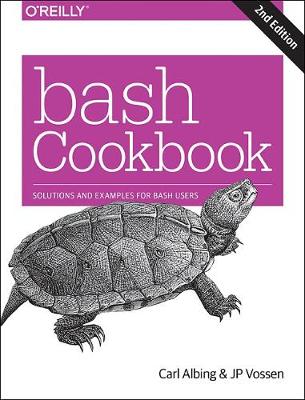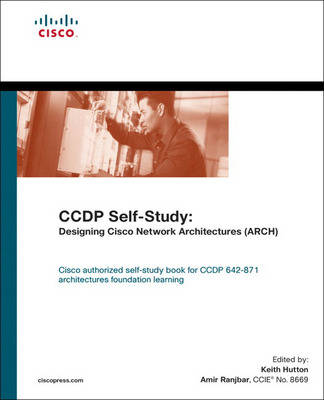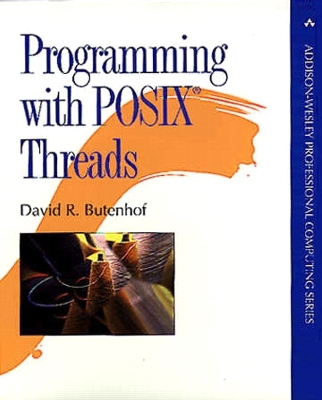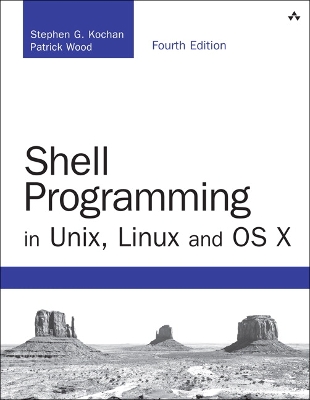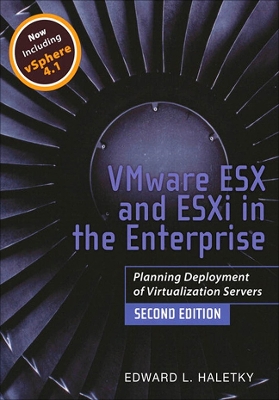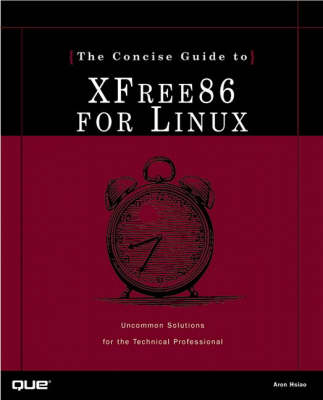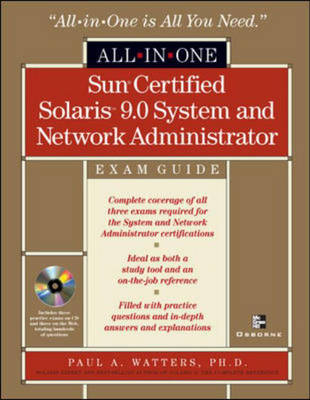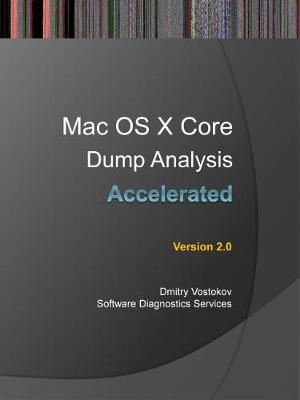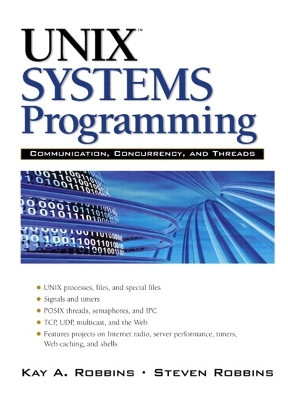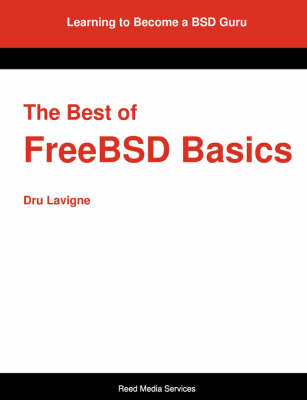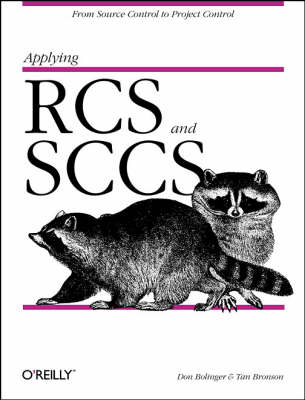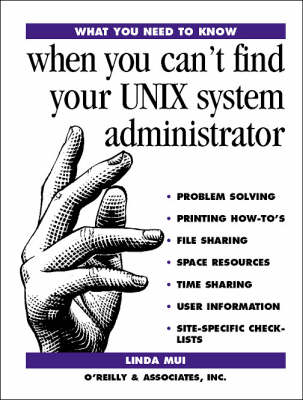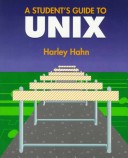SSH (Secure Shell) is a TCP/IP-based solution to many network security and privacy concerns. It supports secure remote logins, secure file transfer between computers, and a unique "tunnelling" capability that adds encryption to otherwise insecure network applications. Best of all, SSH is free, with feature-filled commercial versions available as well. This text covers the Secure Shell in detail for both system administrators and end users. It demystifies the SSH man pages and includes thorough c...
Linux is an operating system very similar to Unix. It can do most of what Unix and Windows NT can do only cheaper. But IT departments have been slow to adopt Linux for business use because it is "open source" technology, meaning that no one vendor like Sun or IBM or Microsoft is responsible for it. Even without IT endorsement, Linux has already made its way into most corporations and is in use - undocumented - for certain key applications. It's estimated that up to 70% of Apache web servers are...
The definitive guide to the basics of one of the most popular operating systems in the world Whether you're a first-time Linux user or you're migrating from another operating system, this book is an ideal introductory guide for getting comfortable with the building-block nature of Linux. Written by bestselling author Christopher Negus, this guide is packed with in-depth descriptions on the basics of Linux desktops, servers, and programming tools and gets you up to speed on all the new and exciti...
Adventures in Unix Network Applications Programming
by Bill Rieken and Lyle Weiman
Written with the UNIX systems administrator and applications programmer in mind, this comprehensive guide shows readers how to avoid and prevent costly delays and rewrites before they occur. Coverage includes a variety of the most widely-used protocols of OSI, TCP/IP, X.25, Berkeley Sockets and the latest developments in UNIX workstation technology, in order to provide readers with an understanding of all aspects of network functionality.
DOS UNIX Networking and Internetworking
by Michael Burgard and Kenneth D. Phillips
Multi-vendor distributed networks, connecting both DOS and UNIX systems, are rapidly emerging as a networking tool. Beginning with an overview of networking theory, this text offers individuals and small companies practical guidelines for building networks with a wide variety of configurations for all types of computing environments, including linking DOS, UNIX, OS/2 and Windows NT. Internetworking is also addressed through product reviews, hardware recommendations and a complete discussion of i...
For system administrators, programmers, and end users, shell command or carefully crafted shell script can save you time and effort, or facilitate consistency and repeatability for a variety of common tasks. This cookbook provides more than 300 practical recipes for using bash, the popular Unix shell that enables you to harness and customize the power of any Unix or Linux system. Ideal for new and experienced users alike—including proficient Windows users and sysadmins—this updated second edit...
Cisco authorized self-study book for CCDP® 642-871 architectures foundation learning Prepare for the CCDP ARCH exam 642-871 with the Cisco authorized self-study guide. This book teaches you how to:Understand the composition and deployment of the Cisco AVVID framework in network design Understand the composition and role of the Enterprise Composite Network Model in enterprise network design Design enterprise campus networks and their edge network connectivity to the Internet Understand and im...
Programming with POSIX Threads (Addison-Wesley Professional Computing)
by David R Butenhof
With this practical book, you will attain a solid understanding of threads and will discover how to put this powerful mode of programming to work in real-world applications. The primary advantage of threaded programming is that it enables your applications to accomplish more than one task at the same time by using the number-crunching power of multiprocessor parallelism and by automatically exploiting I/O concurrency in your code, even on a single processor machine. The result: applications tha...
Shell Programming in Unix, Linux and OS X (Developer's Library)
by Stephen G Kochan and Patrick Wood
Shell Programming in Unix, Linux and OS X is a thoroughly updated revision of Kochan and Wood’s classic Unix Shell Programming tutorial. Following the methodology of the original text, the book focuses on the POSIX standard shell, and teaches you how to develop programs in this useful programming environment, taking full advantage of the underlying power of Unix and Unix-like operating systems. After a quick review of Unix utilities, the book’s authors take you step-by-step through the process...
Edward L. Haletky’s Complete, Solutions-Focused Guide to Running ESX Server 3.5, vSphere, and VMware 4.x Extensively updated and revised, this is the definitive real-world guide to planning, deploying, and managing VMware ESX Server 3.5, VMware vSphere Hypervisor (ESXi), or VMware vSphere 4.x cloud computing in mission-critical environments. Drawing on his extensive experience consulting on enterprise VMware implementations, renowned expert Edward L.Haletky offers a “soup-to-nuts” collec...
UNIX System V Release 4 Programmer's Guide Networking Interfaces
by The UNIX System Group
This book explores the capabilities and applications of the Transport Level interface (TLI) and other network development tools including RPC and the Network Selection facility. Four quick-reference sections cover TLI and sockets programming, remote procedure calls, network selection and name-to-address mapping, and writing a port monitor for the service access family.
The Concise Guide to Xfree86 for Linux is the first book on the market that gives you the expert-level information you need to understand, configure and administer Xfree86 (also referred to as "X"). X provides the infrastructure for graphical environments like KDE and Gnome. This book addresses the high-level information need that has arisen as support personnel are required to troubleshoot and support all facets of Linux. Some of the topics that are covered: Tunneling X through ssh, runtime env...
Here, David Pogue explains how Windows users can make a relatively trouble-free switch to Mac OS X. Novices and power users alike will learn how to move files; adapt to Mac versions of programs such as Microsoft Office, FileMaker, Photoshop and Quicken; find familiar controls in the new system; set up a network to share files with PCs and Macs; and adapt old printers, scanners, and other peripherals. An important part of this book is Appendix A, the "Where'd It Go?" Dictionary, which includes an...
Sun Certified Solaris 9 System and Network Administrator All-in-one Exam Guide (All-In-One)
by Paul Watters
This completely revised all-in-one exam guide inclues three full practice exams, information, tips, end of chapter quizzes and advice on tough technical topics.
Unix Performance Tuning Tips and Techniques (Tips & Techniques)
by Thomas Knox
-- Assumes basic Unix administration knowledge. Focuses on advanced system administration topics such as performance monitoring, presentation of data, system tuning, security and system hardening-- For the first time in one book, find advanced system administration, monitoring, troubleshooting and performance tuning concepts and techniques.-- Contains approximately 500 expertly tested tips, techniques, and solutions.-- "Use It" element shows how to implement solutions immediately-- "Quick Tip" e...
Accelerated Mac OS X Core Dump Analysis, Second Edition
by Dmitry Vostokov and Software Diagnostics Services
In a nutshell, this updated UNIX classic covers everything you'll ever need for threads, TCP/IP and RPC programming—with reusable code examples that explain syntax along the way. Robbins and Robbins explain the essentials of UNIX programming, concentrating on communication, concurrency, and multithreading techniques and why, when, and how to use them. They also show how to design complex software to get the best from the UNIX operating system. Using short code snippets to illustrate how to use s...
It began simply enough. A young Finnish student at the University of Helsinki named Linus Torvalds decided to develop his own computer operating system merely as a hobby. More than a decade later, this same operating system has caused nothing short of a revolution in the world of computers. Now known as Linux, Torvalds' creation was largely dismissed in the 1990s by tech pundits who claimed that it was unsuitable for the general public's computing needs. If they only knew how wrong they were! Af...
This book tells the reader how to manage a complex software development project using RCS and SCCS. The book is organized in terms of increasingly complex management problems, from simple source management, to managing multiple releases, to co-ordinating teams of developers on a project involving many files and many target platforms. Few developers use RCS or SCCS alone; most groups have written their own extensions for working with multi-person, multi-platform, multi-file, multi-release project...
This text offers UNIX users tools for solving problems. It contains: practical solutions for problems likely to be encountered in logging in, running programs, sharing files, managing space resources, and printing; background on what's going on "behind the scenes" so that you can make sense of the suggestions, rather than simply memorizing keystrokes; an explanation of how to present problems to your systems admin so that you're more likely to get quick, accurate support; a list of the site-spec...
Practical UNIX address the concerns of the beginning to intermediate UNIX user. Practical UNIX teaches what its namesake promises--practical applications and information that you can easily find and use. You can count on this book to provide solid reference information and practical knowledge necessary to master the ever-complex UNIX. Topics covered in Practical UNIX include listing, finding, displaying, and printing files, generating and using file lists, system security, command-line editing,...
This text provides a practical guide to the UNIX operating system and programming environment. No computer science background is necessary and it contains advice on file management, help files, messages and the more sophisticated software development tools: Windows, Motif and X-Windows. The book is oriented towards Berkeley (BSD UNIX) and deals with the practical issues of using UNIX in a college computing environment.
